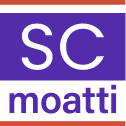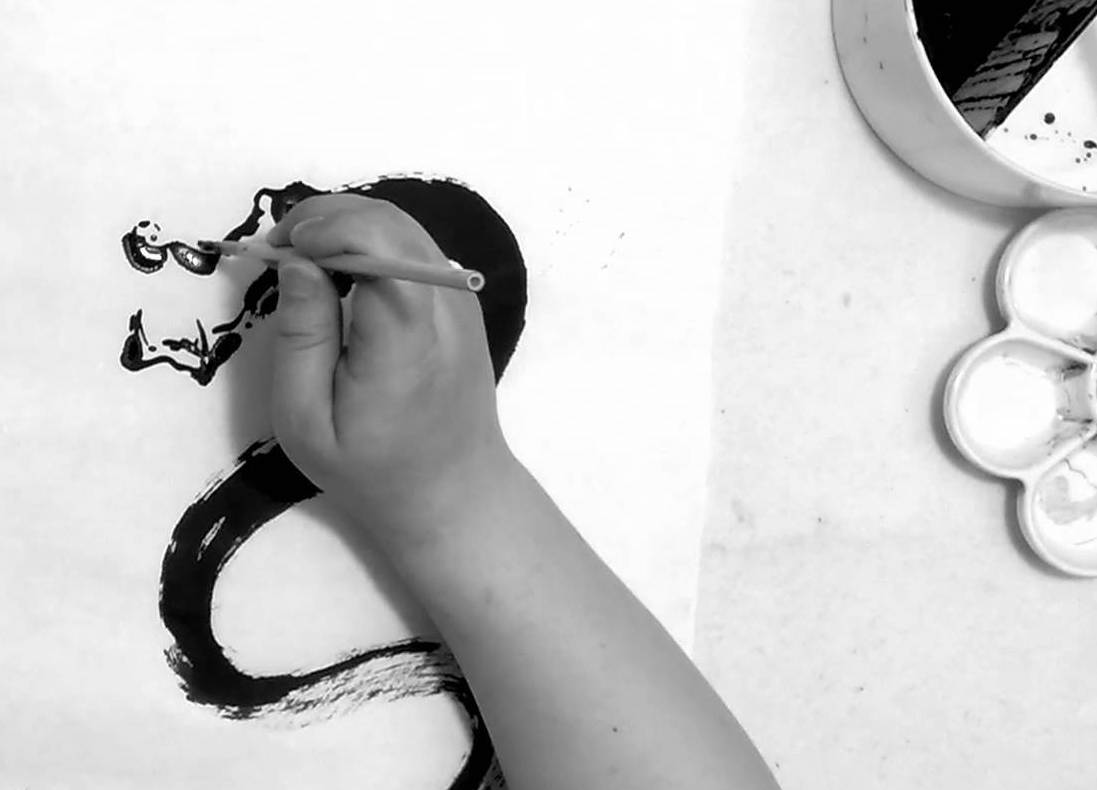This excerpt originally appeared in mobilized.
Centuries ago, in medieval China, an emperor decided he wanted the most beautiful painting of a dragon ever made, so he commissioned it to be painted by a famed artist. The artist retired to a cave in a forest and started sketching.
Following months of intense effort, he returned to the emperor with his masterpiece.
The emperor looked at the painting. Disgusted by what he saw, he had the painter executed on the spot and the painting burned. What had the artist drawn?
Two parallel S-shaped curves, which seemingly could have been drawn by any calligrapher.
Years later, during a hunt, the emperor got lost in a forest. While resting, he noticed a cave and wandered in. On the walls were hundreds of dragon sketches. Realizing that this was the cave where the artist had gone, the emperor followed all the iterations, one by one—until he finally landed on the two simple curves.
The emperor realized the artist was right: the dragon had been perfectly captured by these two simple yet masterly lines. The lines were beauty.
The remorseful emperor named the forest after the artist.
I love this story. Beauty is so confounding! It baffles us.
Does beauty have a cheat sheet? Is there a surefire recipe to attain it that could help us avoid the emperor’s mistake?
It’s hard to argue with the fact that successful mobile products are beautiful. And while dragons may not be for everyone in the twenty-first century, mobile products are. They have to be. And every mobile designer has an impossible mission: they have to delight billions of people 110 times a day with something they can only touch or talk to.
How do they do that? When it comes to mobile products, beauty appears through efficiency. This is often referred to as the Birkhoff formula: M = O/C.
George David Birkhoff was a mathematician known for his work on differential equations. He published this mathematical theory of beauty in 1933 in his book Aesthetic Measure, which is still used today by professionals who research, design, and assess products and services for their usability.
In the Birkhoff formula, M is a measure of beauty, O of simplicity, and C of complexity. What it says is that beauty (M) increases with simplicity (O) and decreases with complexity (C.)
In other words, beauty is creating order out of chaos.
Take a service like Amazon Echo, the voice command device from Amazon, and its automated response persona, Alexa. You don’t need to fiddle with its smartphone app at all. All you need to do is talk to Alexa and ask, for instance, to listen to a song or the latest news. The product takes it from there.
Clara, which auto-magically schedules meetings when you forward her an e-mail, is another example of an invisible app. Clara allows you to remain focused on what it is you’re doing. You no longer need to pause, open your calendar, enter people’s e-mail addresses, set up a dialing number, and so on. The interface doesn’t get in the way of the job to be done. It just does it. It’s invisible.
Pushed to its limit, beauty is so efficient that it becomes invisible.
To learn more about the formula for mobile success, including how to apply it to your own company, read my book, mobilized: an insider’s guide to the business and future of connected technology or visit scmoatti.com.

